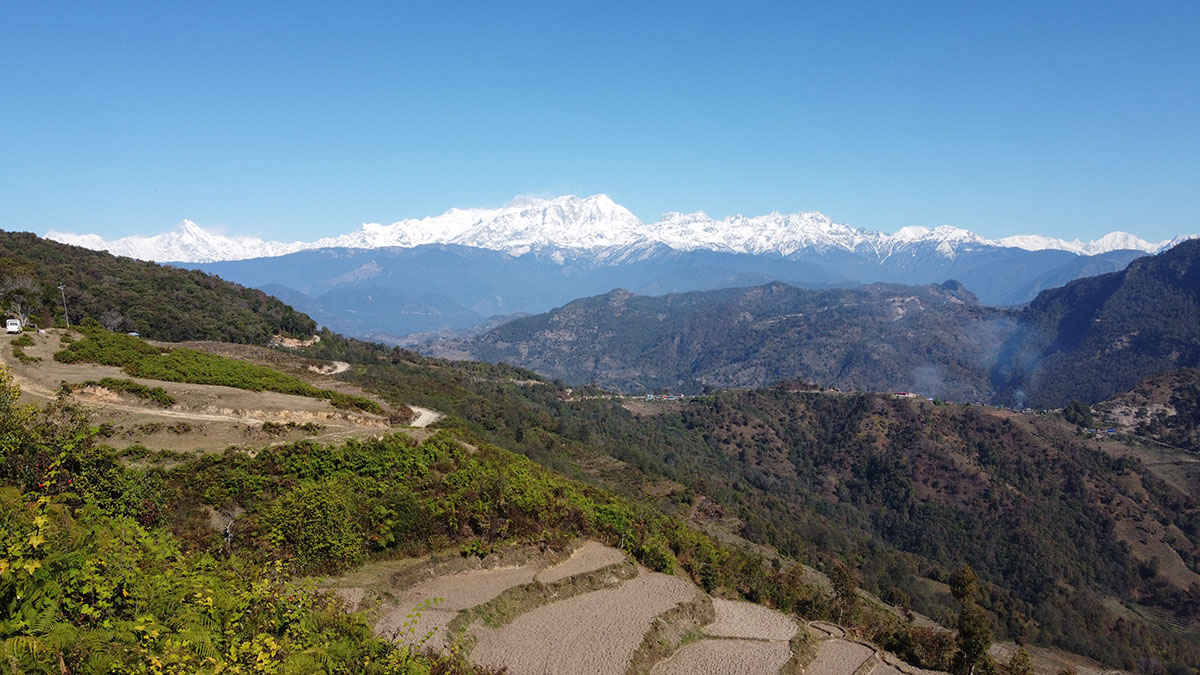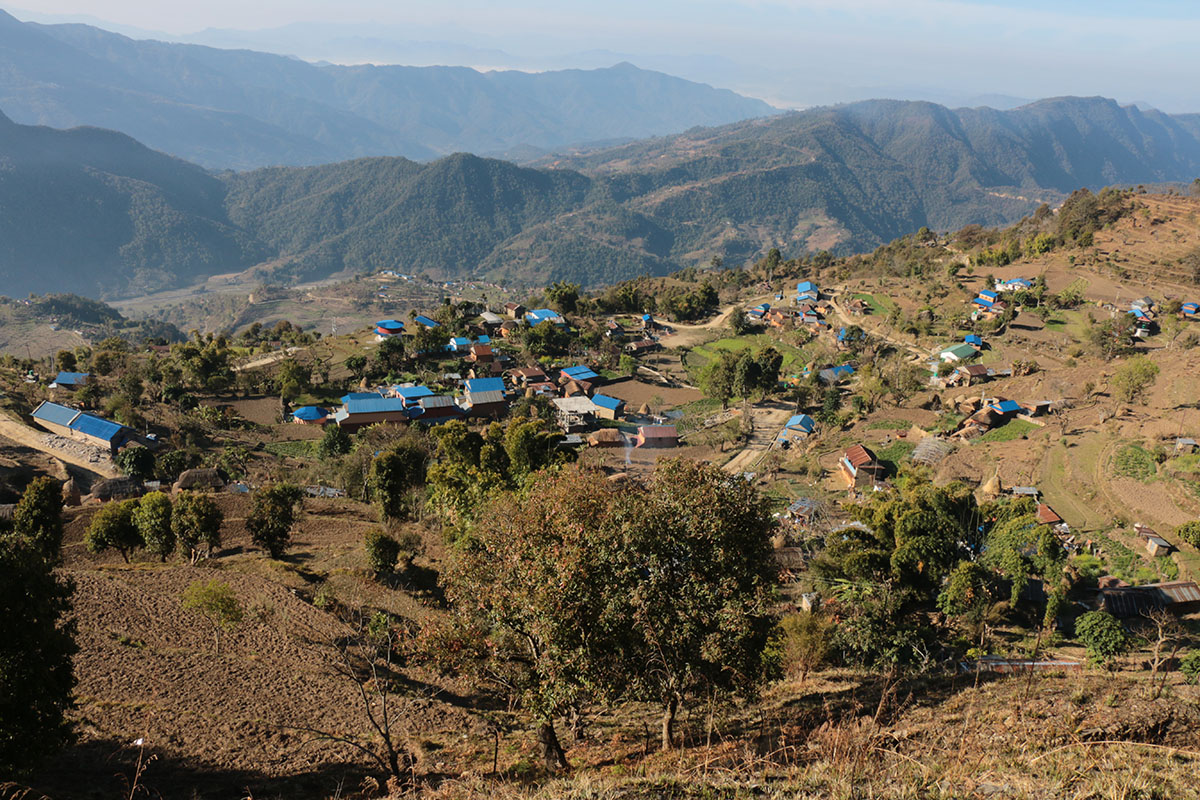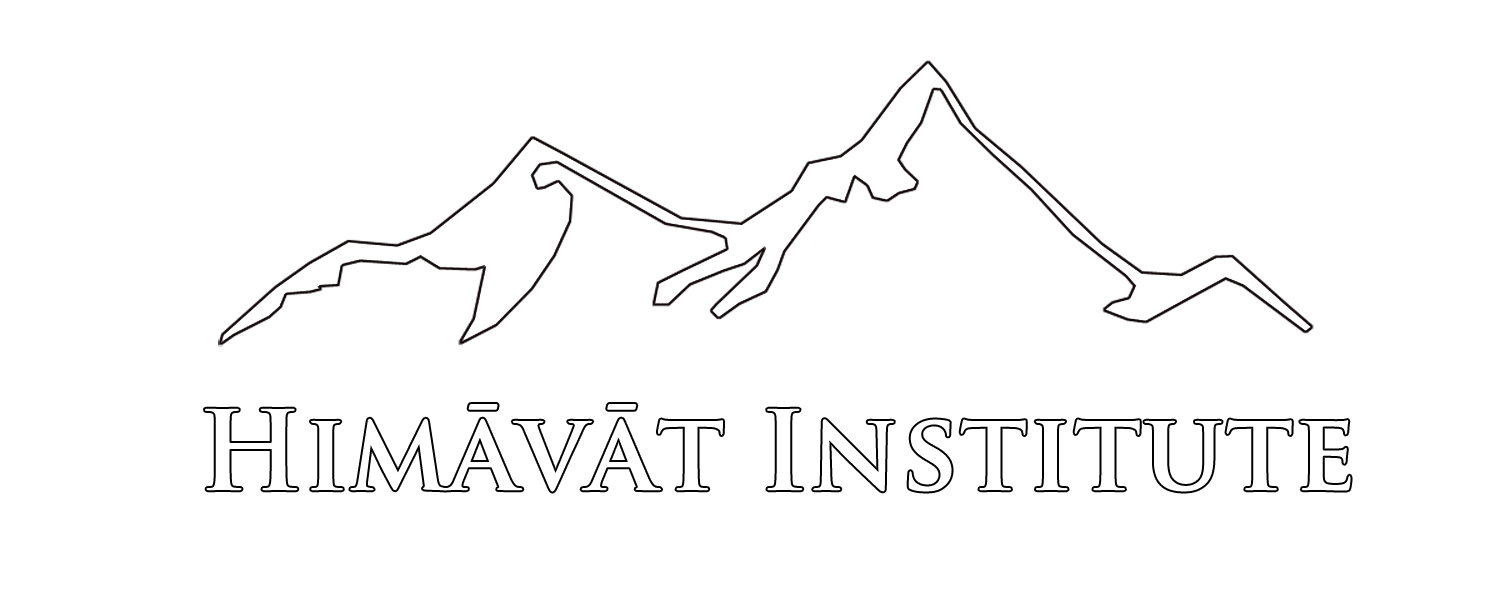Exploring Social and Cultural Heritage under Rapid Environmental Change - Duradanda

Package working flow
The Gurung and Dura peoples are among the indigenous populations that have historically resided in the hill areas. They possess a unique cultural heritage and customs, shaped by their occupations, beliefs, religion, and environmental resources, which influence various aspects of their society. The impact of environmental changes—such as globalization, climate change, shifts in occupations, and lifestyle transformations—is critical in driving changes to their traditional practices and heritage. It is essential to understand how rapid changes have affected these communities, both positively and negatively, and whether they are able to cope with the new challenges. While change is inevitable, it is crucial to understand its ramifications, particularly how it can impact social practices, kinship structures, and the community's resilience to environmental change.
If you’re ready to explore any aspect, please contact us at +9779767483498 (WhatsApp) or email us at contact@himavatinstitute.com.np. We can also offer similar packages in any part of Nepal, depending on your needs and requirements.Depending on your arrival time and schedule, we recommend spending the first two days getting acquainted with the local environment and taking a short tour of Kathmandu's UNESCO World Heritage sites.
Accomodation: Dura Danda
We recommend a technical meeting with our experts, who have extensive research experience in your area of interest. This will provide an opportunity to understand the issues from both an experienced and local perspective.
Accomodation: Dura Danda
The fourth day will be dedicated to travel. The area can be reached by air (Kathmandu to Pokhara) followed by a 3-hour car ride to the location. Alternatively, a local bus is available for direct travel from Kathmandu to the area.
Accomodation: Dura Danda
We recommend at least a one-week stay to gain deeper insights into the issues you wish to explore. If needed (for example, for an ethnographic survey), a longer stay can be arranged, and a local guide will provide all the necessary support.
Accomodation: Dura Danda
Back to Kathmandu
Accomodation: Dura Danda

Dura Danda
A typical traditional home

